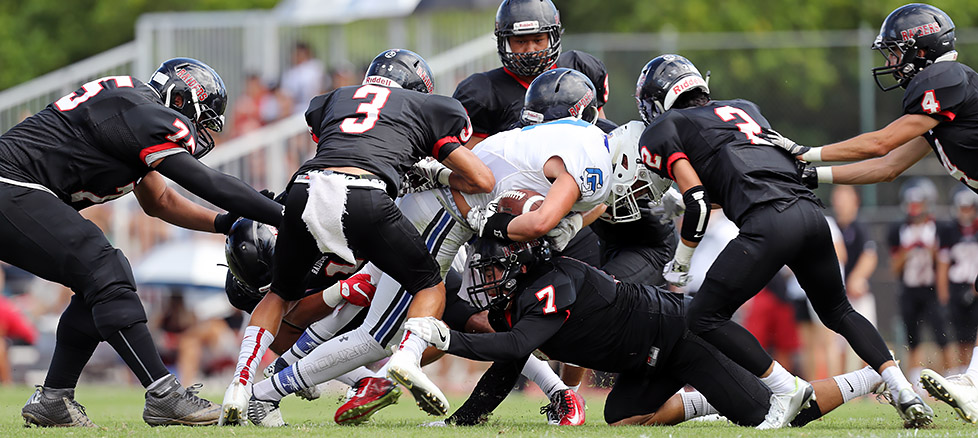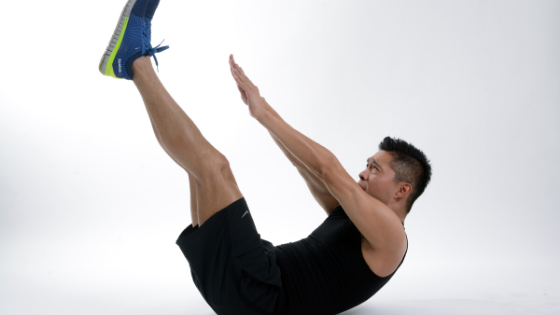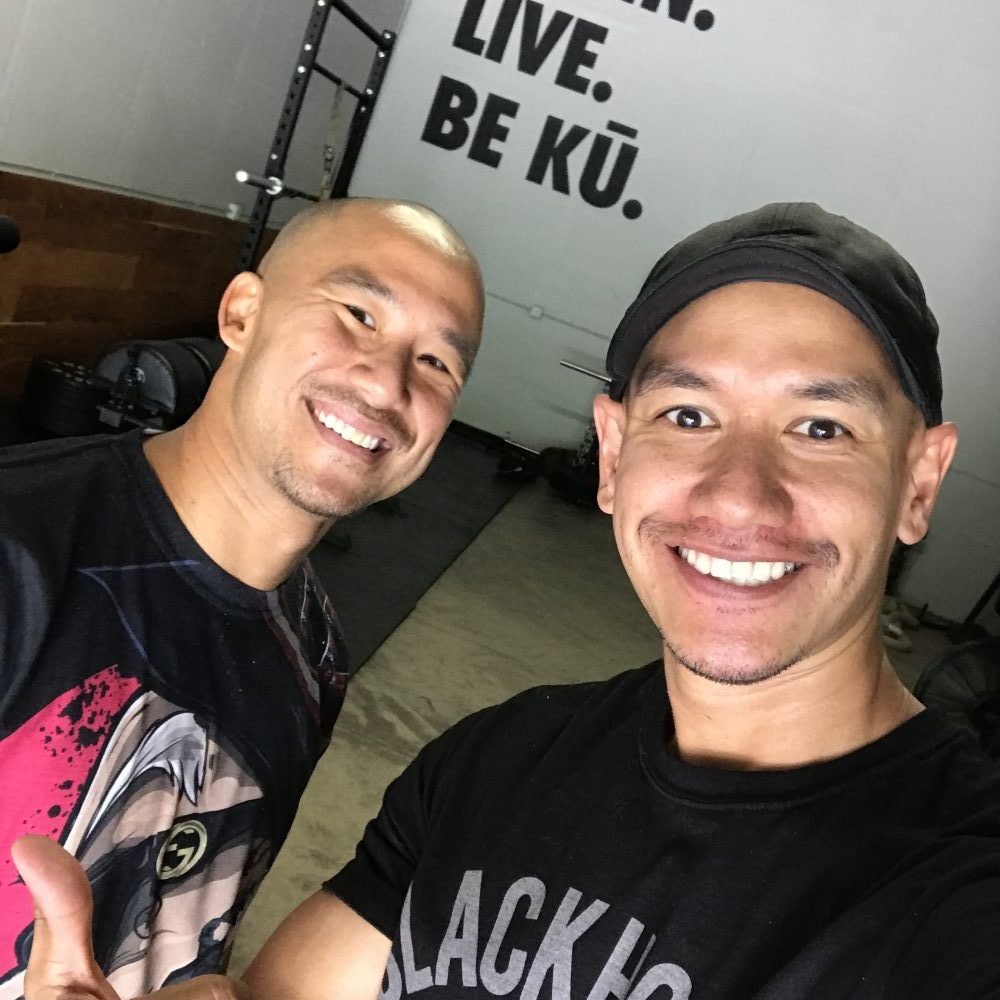
If your high school athlete isn’t performing some sort of in-season strength and conditioning program, their performance will decrease as the season goes on and their chance of injury will increase.
So obviously, I highly recommend high school athletes to perform in-season training. Here are several reasons:
- Maintain muscle mass and strength from off season training (if participated in off season training)
- Can increase strength and power during the season
- Work on countering imbalances from overuse of movements during the season
- Assist in recovery
- Gives the coach feedback of a athlete’s overall performance
Now let’s dive deeper into each reason.
MAINTAIN MUSCLE MASS AND STRENGTH
If an athlete participated in an off season training program, then they most likely improved their performance, increase muscle mass, and gained strength. That’s what the off season is for. The in season is geared towards competition, staying injury free, and making sure to maintain as much of the off season results in order to compete at a high level.
The body adapts to the stress you place upon it and if you don’t stimulate the body to hold onto the muscle mass and strength, then over time those attributes will begin to diminish. This usually leads to athletes feeling more tired as the season goes on, higher risk of injury, weaker and slower, and most likely experience poor performance on the field.
A proper strength and conditioning program will do its best to help the athlete maintain a high level of performance throughout the season. This leads into the next reason.
INCREASE STRENGTH AND POWER DURING SEASON
If an athlete didn’t participate in a strength and conditioning program during the off season, they can still make gains during the in season. Also, if the athlete is one that doesn’t get very much playing time during games or as many reps during practices, then that athlete should be in a strength training program throughout the year.
This will make their time during the in season effective and efficient, and get them into the mindset of developing to get better. Let’s be honest, there are some kids who just don’t get to see any playing time at all – if they actually care about getting playing time then they should be adamant about strength training during the in season.
WORK ON COUNTERING IMBALANCES
Day in and day out athletes are performing the same movements. When you perform the same movement over and over again you cause imbalances. For football players their posture will begin to deteriorate, they’ll get knee and shoulder issues from constant collisions – especially the lineman.
With an in season training program you can work on countering those imbalances by working on exercises that’ll improve their posture, work on maintaining muscle and strength to keep the body armor they’ve built during the off season, and help with injury prevention.
Injuries happen, but it is important to take every measure possible in order to prevent injuries.
ASSIST IN RECOVERY
Over the course of a season, tightness and fatigue sets in. Implementing an in season strength and conditioning program can assist in helping athletes recover from the load of the practices and games.
Many college schools hold training the day after a game (because they can) to increase the recovery rate for those who played most of the game and use it as a day for building for those athletes who didn’t play very much or at all.
When it comes to using a strength and conditioning program as a means for recovery, it is important to have a sports performance specialist who understand what needs to be done and the protocol of training to follow.
In season training can help with recovery by increasing blood flow to lessen tightness, working on mobility, improving posture, and preparing the body for the follow week’s schedule.
GIVES THE COACH FEEDBACK ON PERFORMANCE
While coaching the football team at the University of Redlands, we tracked the weight of all the athletes. Usually when weight begins to drop during the season, it’s a big indicator that their strength and power levels also dropped. This puts up a big red flag and makes us assess what’s going on. Are they getting enough sleep? Are they eating enough? How is their performance on the field? How is their performance in the weight room?
Then we can talk with the athlete and go over these questions to come up with a plan to keep them performing at their best. This is where you can build an even stronger relationship with the athlete because of the open communication and ensuring you are looking out for them.
What Should an In Season Program Look Like?
This is just a guideline of what an in season training program could look like. If you are looking for an In Season training program, it is best to find an experienced strength and conditioning coach to help you. But this will give you a good idea:
In Hawaii most of the high school games take place on Friday. This calls for 1-2 strength training days per week. We’ll look at 2 training days:
DAY 1:
1. Total Body Explosive: 3×5, rest 2 min
2. Lower Body Strength: 3×4, rest 2 min
3. Horizontal Pull: 3×8
4. Single Leg Exercise: 3×6-8
5. Vertical Push: 3×8
6. Core Work + Shoulder Circuit
DAY 2:
1. Total Body Explosive: 3×5, rest 2 min
2. Horizontal Push: 3×6-8, rest 2 min
3. Hip Dominant Move: 3×6
4. Vertical Pull: 3×8-10
5. Core Work
Exercise Examples
Total Body Explosive: Box Jumps, Explosive Jumps, Medicine Ball Throws, Olympic Lift Variations (Emphasize more Pulling Variations)
Lower Body Strength: Box Squat, Back Squat, Front Squat, Deadlift, Trap Bar Deadlift
Single Leg Exercises: Lunge Variations, Split Squat, Bulgarian Squat
Horizontal Pull: DB Row, Seated Row, Barbell Row, Incline DB Row
Vertical Pull: Pull-ups, Chin-ups, Pulldowns, Single Arm Pull Downs
Horizontal Push: Bench Press, Push-up Variations, DB Incline Bench, DB Flat Bench Press
Vertical Push: DB Shoulder Press, Standing Barbell Overhead Press, Landmine Shoulder Press
Hip Dominant Move: Romanian Deadlift, Glute Bridge, Barbell Hip Thrust, Single Leg RDL
Core Work: Perform a series of core exercises. Choose 2-3 core exercises to do for 2 sets of 10-12 reps.
Shoulder Circuit: Prone Y,W, T, A holds for time. 2 sets of 60 seconds.
Final Thoughts
In season training is meant for maintenance or increasing strength and power. It is not meant to turn the workouts into a session that leaves the athletes exhausted and sore. Do not make the workouts affect their performance in practice.
It’s best to focus on the performance of the lifts and training session rather than chasing after fatigue during the session. Also you may be wondering, what days should the football train?
If games land on Friday – go for Monday and Wednesday training session.
Questions? Go!



